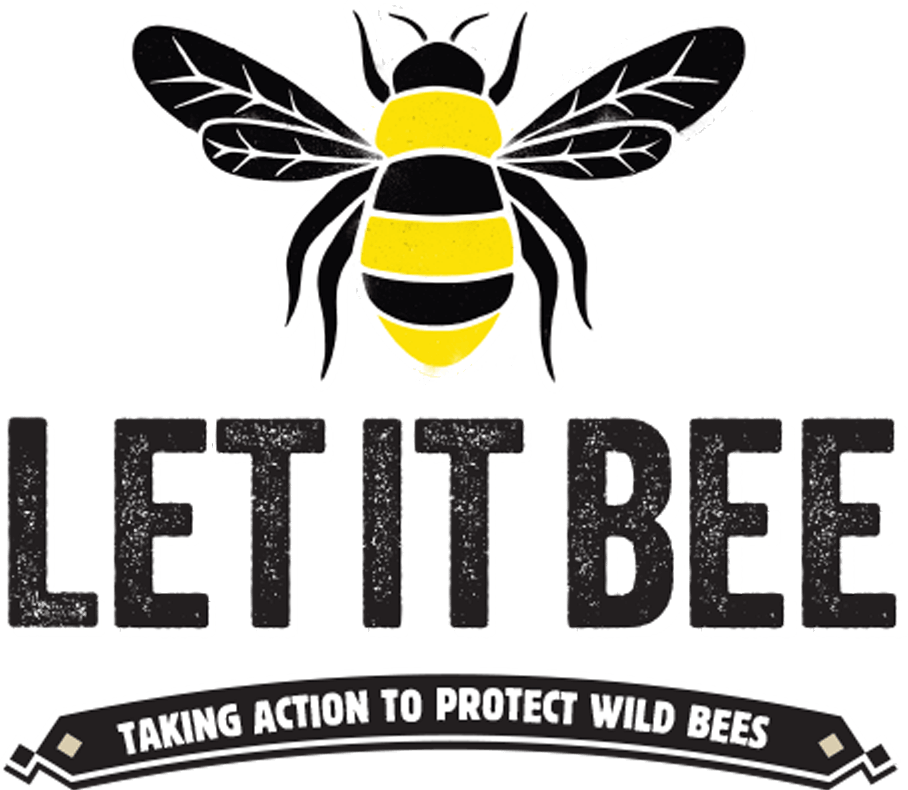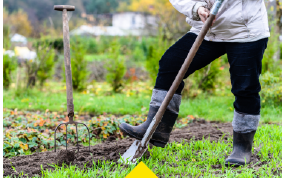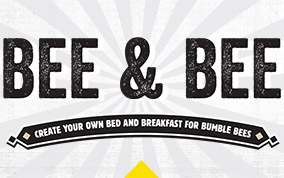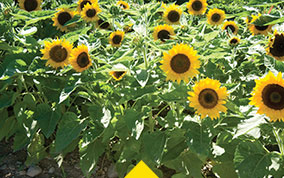THE PROBLEM
More than two-thirds of our food crops depend on bees. But Canada, like the rest of the world, is losing its bees to habitat loss, pesticides, climate change and disease. Honey bees have loyal keepers to speak for them. Wild native bees need a voice too. You can be their voice.
YOU CAN HELP IF YOU JUST LET IT BEE
Community gardens, parks and landscaped areas are important places for wild native bees. Canada has more than 800 species of wild, native bees 40 of which are bumble bees. Your own backyard could have 50 different species of wild native bees.
Gardens provide critical habitats for wild, native bees and to help protect them, we must change gardening practices. By taking a “Let It Bee” approach, we can make our gardens into safe places where bees can thrive in any season.
Here are four easy fall actions to make the most of this great planting season and reduce your garden clean up:
- Plant and/or divide and transplant native plants in the fall. Learn more.
- Collect native plant seeds in the fall. Learn more.
- Help wild bees hibernate – what to leave in your garden for habitat. Learn more.
- Frost Signals – time to “Let it bee” in your garden. Learn more.
TAKE THE PLEDGE TO LET IT BEE
I will make the bees a safe and friendly home in my yard or on my balcony by changing my gardening practices and learning how to “Let It Bee”.
Sign the PledgeSheila Colla on the Rusty-patched Bumble Bee
(August 2, 2016 podcast) Bee expert Professor Sheila Colla, York University tells CBC Ontario Morning host Wei Chen, more about the decline of the Rusty-patched bumble bee and the Friends of the Earth Bee Cause Team and Fletcher Wildlife Garden's senior volunteer are out counting bumble bees and talk about the importance of the Great Canadian Bumble Bee Count. Bumble bees are at their peak right now. Come on out and take a bumble bee picture for the Great Canadian Bumble Bee Count. Listen to the podcast from 18:30.
Gardeners urged to 'let it be'
CBC News-Ottawa reporter Simon Gardner joined the Friends of the Earth Bee Cause team at Fletcher Wildlife Garden to learn more about the Great Canadian Bumble Bee Count. Read the article here.
A Ghost in the Making: Searching for the Rusty-patched Bumble Bee
Everyone has heard about bee declines, but with so much attention focused on domesticated honeybees, someone has to speak up for the 4,000 species of native bees in North America. Natural history photographer Clay Bolt is on a multi-year quest to tell the stories of our native bees, and one elusive species – the Rusty-patched Bumble Bee – has become his white whale. Traveling from state to state in search of the Rusty-patched, he meets the scientists and conservationists working tirelessly to preserve it. Clay’s journey finally brings him to Wisconsin, where he comes face to face with his quarry and discovers an answer to the question that has been nagging him: why save a species? View the video here.
Tweets
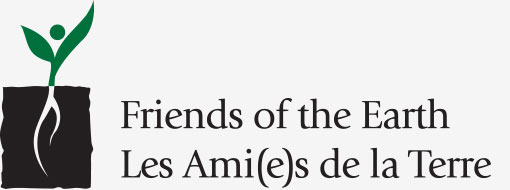

To learn more about how Friends of the Earth Canada collects, stores and uses your personal information, please read our Privacy Policy.
